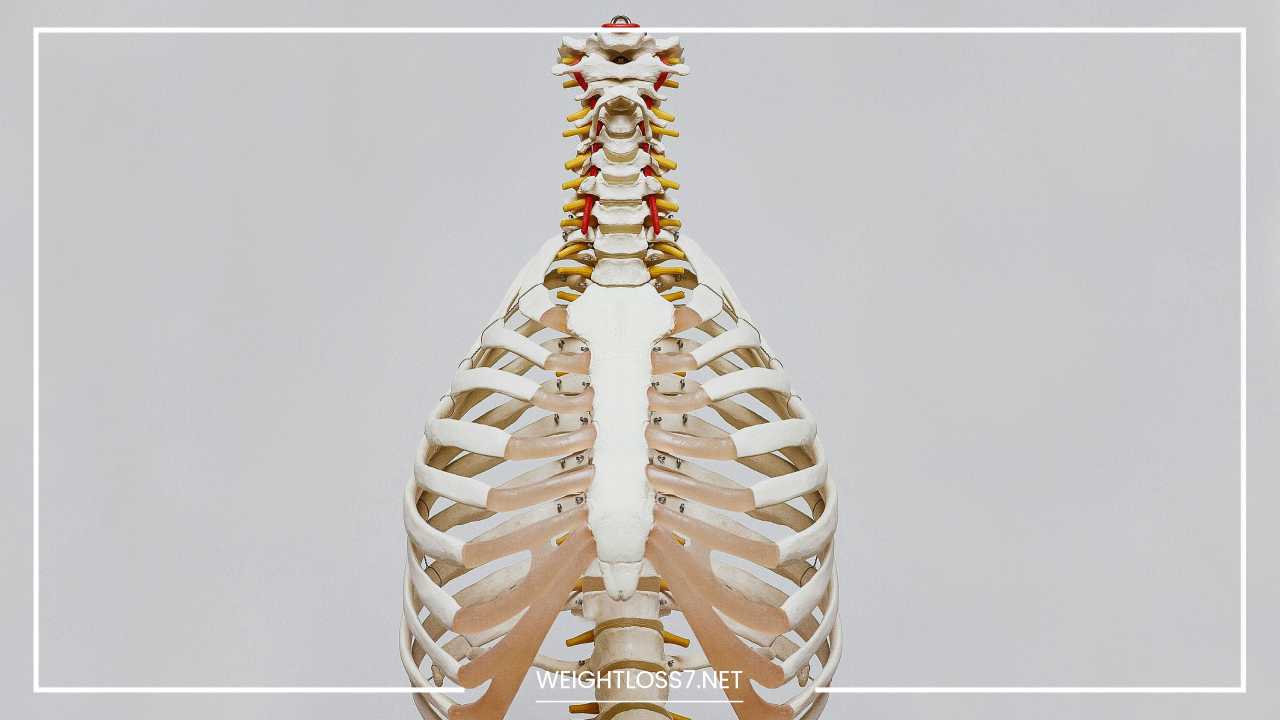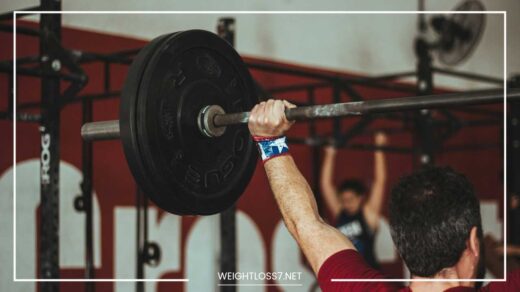Bone Health 101: Tips for All Ages

Bone Health
Bone Health: Building and Maintaining a Strong Foundation
Our bones are the unsung heroes of our bodies. They provide the framework for movement, protect our vital organs, and act as a bank for essential minerals.
But unlike the static structures they often appear to be, bones are living tissues in constant flux. Just like muscles, they need dedicated care and attention to stay strong and support us throughout our lives.
This comprehensive guide dives deep into the world of bone health. We’ll explore the building blocks of strong bones, delve into potential threats to this essential system, and equip you with practical strategies for building and maintaining a sturdy skeletal system – all with the goal of empowering you to live a healthy, active life.
The Intricate Symphony of Bone Function
Beyond their structural role, bones play a complex and vital role in our overall well-being. Here’s a closer look at the symphony of functions they orchestrate:
- Locomotion: Bones act as levers for our muscles, allowing for coordinated movement and precise control over our bodies. Strong bones ensure efficient movement, reducing the risk of falls and injuries.
- Postural Support: Our bones form the underlying architecture that maintains our posture. A strong skeleton promotes good posture, which contributes to balance, reduces strain on muscles, and improves overall body alignment – all crucial for a pain-free and confident presence.
- Organ Protection: Bones form a protective cage around our vital organs, shielding them from impacts and injuries during falls or accidents. This armor-like function ensures the continued health and function of our essential organs.
- Mineral Reservoir: Bones act as a vital storage bank for essential minerals like calcium, phosphorus, and magnesium. These minerals are constantly released into the bloodstream as needed, maintaining a delicate balance crucial for numerous bodily functions, including muscle contraction, nerve transmission, and hormone regulation.
Demystifying Bone Structure: A Blueprint for Strength
Before diving into specific strategies for bone health, let’s explore the fascinating microscopic world of bone structure. Bones are not simply solid masses; they’re a complex composite material:
- Compact Bone: The outer layer, compact bone, provides strength and rigidity. Densely packed with collagen fibers and mineral deposits, it forms the hard outer shell of bones, acting like a sturdy pillar.
- Cancellous Bone: The inner core, cancellous bone, also known as trabecular bone, is a network of interconnected struts and plates. This lightweight structure provides shock absorption and helps distribute weight evenly throughout the bone. Imagine a honeycomb structure – light but remarkably strong.
The Dynamic Process of Bone Remodeling: Far from static structures, bones undergo a continuous process called remodeling. This dynamic process ensures constant renewal and adaptation. Here’s how it works:
- Cellular Juggling Act: Specialized cells called osteoclasts act like demolition workers, breaking down old or damaged bone tissue. This creates space for new bone formation.
- Osteoblast Builders: Osteoblasts, the construction crew of the bone world, then lay down new bone tissue, constantly sculpting and reshaping our bones throughout life.
This intricate dance of breakdown and reconstruction ensures that bones stay strong, adapt to stress, and maintain their optimal density. However, with age and other factors, this process can become unbalanced, leading to bone loss and increased fracture risk.
Building Blocks of Bone Strength: A Nutritional Focus
Nutrition plays a crucial role in promoting bone health throughout life. Here’s a breakdown of the key dietary players:
- Calcium: The undisputed champion of bone health, calcium is the primary mineral responsible for bone formation and strength. Dairy products (milk, yogurt, cheese), leafy green vegetables (kale, collard greens), and fortified foods (cereals, plant-based milks) are excellent sources of calcium.
Pro Tip: Partnering with Vitamin D: Remember, calcium needs a partner in crime – vitamin D. Vitamin D aids the absorption of calcium from the gut into the bloodstream, ensuring optimal utilization. Fatty fish (salmon, tuna), egg yolks, and fortified foods are good dietary sources of vitamin D. Additionally, moderate sun exposure (without burning) promotes vitamin D synthesis in the body.
- Protein: Protein provides the building blocks for collagen, a vital protein that gives bones their structure and flexibility. Lean meats, poultry, fish, legumes (beans, lentils), nuts, and seeds are all excellent protein sources.
Beyond the Big Three: While calcium, vitamin D, and protein are the stars of the show, other nutrients also play supporting roles:
- Vitamin K: Vitamin K plays a crucial role in bone mineralization, the process by which calcium is deposited in bones. Leafy green vegetables (spinach, kale) and some fruits (kiwi) are good sources of vitamin K.
- Magnesium: Magnesium works alongside calcium for bone health and plays a role in bone formation and structure. Green leafy vegetables, nuts, seeds, and whole grains are all good sources of magnesium.
- Vitamin C: Vitamin C is essential for collagen production, which is crucial for bone health. Citrus fruits, berries, bell peppers, and tomatoes are all rich in vitamin C.
Tailoring Your Diet: While these are some key nutrients, a balanced and varied diet is essential for overall bone health. Consult a registered dietitian or healthcare professional for personalized guidance on incorporating these foods and creating a bone-healthy meal plan that suits your preferences and needs.
The Power of Movement: Exercise for Strong Bones
Exercise is another crucial pillar of bone health. Here’s how movement strengthens your skeletal system:
- Weight-Bearing Exercises: These exercises, such as walking, running, dancing, hiking, and stair climbing, force your bones to work against gravity. This stimulates bone formation and increases bone mineral density. Think of it as weight training for your bones – the more you challenge them, the stronger they become.
- Resistance Training: Also known as strength training, resistance training helps build and maintain muscle mass. Strong muscles put more stress on bones, which in turn, stimulates bone growth and density. Weightlifting, bodyweight exercises (push-ups, squats), and resistance bands are all excellent ways to incorporate strength training into your routine.
Finding the Right Fit: The key is to find activities you enjoy and can incorporate into your lifestyle consistently. Start gradually and gradually increase the intensity and duration of your workouts as your fitness improves.
Additional Considerations:
- Balance and Coordination Exercises: These exercises, such as tai chi or yoga, can help improve balance and reduce the risk of falls, which is a major concern for bone health, especially as we age.
- Impact Activities: Activities with high impact, such as jumping jacks or jogging, can also be beneficial for bone health. However, it’s crucial to consult with a healthcare professional before starting any high-impact exercise program, especially if you have any pre-existing injuries or limitations.
Lifestyle Tweaks for Optimal Bone Health
Beyond diet and exercise, certain lifestyle habits can significantly impact bone health:
- Maintain a Healthy Weight: Excessive weight gain puts extra stress on bones, increasing the risk of fractures. Conversely, being underweight can also be detrimental to bone health. Aim for a healthy weight for your height and body type.
- Limit Smoking: Smoking is a major risk factor for bone loss. The chemicals in cigarettes can interfere with calcium absorption and bone formation. Quitting smoking is one of the best things you can do for your overall health, including your bones.
- Moderate Alcohol Consumption: Excessive alcohol consumption can hinder calcium absorption and weaken bones. Moderation is key.
- Limit Caffeine Intake: While the research is ongoing, high caffeine intake may slightly increase calcium loss from the body. Moderating your coffee or tea intake can be beneficial.
- Prioritize Quality Sleep: During sleep, the body releases hormones essential for bone remodeling. Aim for 7-8 hours of quality sleep each night.
Addressing Bone Health Concerns: Early Detection and Intervention
Certain factors can increase your risk of developing bone complications. Here’s what to watch out for:
- Family History: If you have a family history of osteoporosis or fractures, you may be at higher risk.
- Medical Conditions: Certain medical conditions, such as arthritis, celiac disease, and chronic kidney disease, can affect bone health.
- Medications: Some medications, such as corticosteroids, can weaken bones as a side effect.
Early Detection is Key: Bone density tests, such as DEXA scans, are the primary tools for assessing bone health and identifying osteoporosis or predicting the risk of future fractures. Talk to your doctor about whether a bone density test is right for you.
Treatment Options: If you are diagnosed with osteoporosis or are at high risk, there are treatment options available to help prevent fractures and maintain bone health. These may include medication, physical therapy, and lifestyle modifications.
Building a Strong Foundation for Life:
Bone health is an investment in your future, laying the foundation for a life filled with movement, freedom, and overall well-being.
By incorporating the strategies outlined above – a balanced diet rich in bone-building nutrients, regular weight-bearing exercise and strength training, and healthy lifestyle habits – you can build and maintain strong bones throughout your life.
Remember, it’s never too late to start! Taking charge of your bone health today empowers you to live an active, independent life for years to come.
However, building strong bones is an ongoing journey. Here are some additional tips to keep your skeletal system healthy throughout the different stages of life:
Childhood and Adolescence: This is a critical period for bone development. Here’s how to nurture strong bones in young individuals:
- Ensure adequate calcium intake: Milk, yogurt, cheese, leafy green vegetables, and fortified foods are essential.
- Promote weight-bearing activities: Encourage active play, sports participation, and activities like jumping rope and climbing.
- Lead by example: Children learn by observing adults. Make healthy choices and engage in physical activity together as a family.
Adulthood: As we transition into adulthood, maintaining a healthy lifestyle becomes crucial for bone health:
- Continue a balanced diet: Focus on incorporating the bone-building nutrients discussed earlier.
- Maintain regular exercise: Aim for at least 30 minutes of moderate-intensity exercise most days of the week.
- Consider bone density testing: Talk to your doctor about whether a bone density test is recommended for you, especially if you have risk factors for osteoporosis.
Middle Age and Beyond: As we age, bone loss becomes a natural part of the process. However, there are steps you can take to minimize bone loss and maintain strength:
- Increase calcium intake: Aim for 1,200 milligrams of calcium daily for adults over 50.
- Maintain weight-bearing exercise: Continue with activities that challenge your bones, such as walking, dancing, or weight training with lighter weights and more repetitions.
- Explore balance and coordination exercises: Tai chi, yoga, or simple balance exercises can help prevent falls, a major concern for bone health in later years.
- Talk to your doctor about medications: If you are taking medications that can affect bone health, discuss alternative options or strategies to mitigate bone loss with your doctor.
Remember: Bone health is a team effort. By working with your healthcare provider, incorporating the strategies outlined above, and adopting a bone-healthy lifestyle, you can empower yourself to build and maintain strong bones for a lifetime.

















